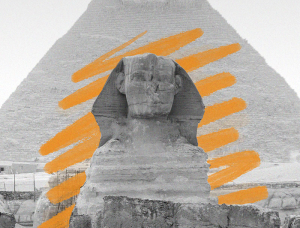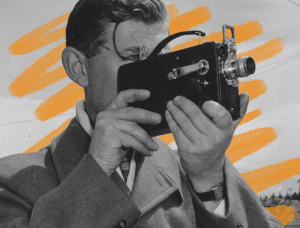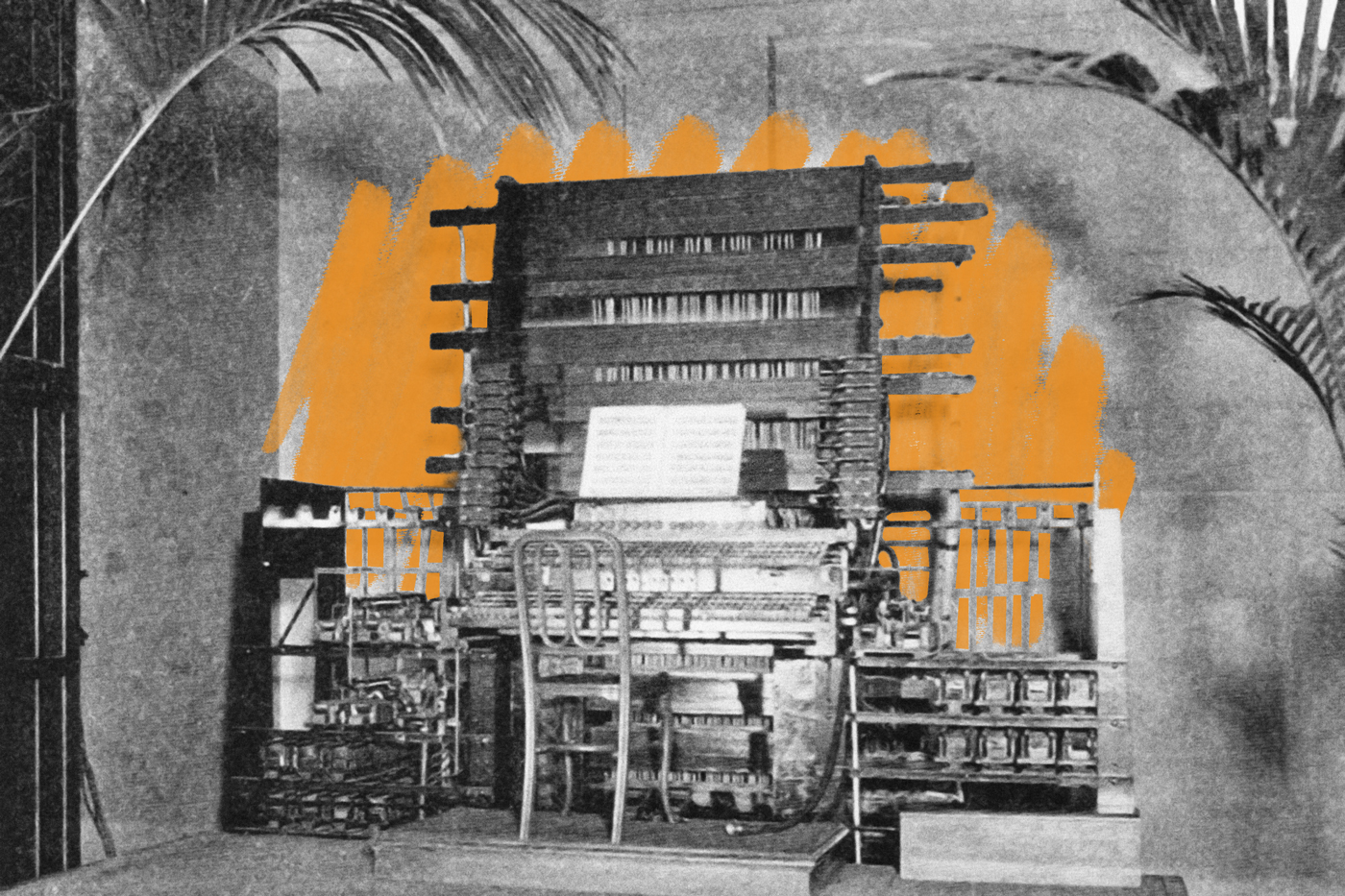You could stream music by phone more than 100 years ago.
Synthesizer music has been around a lot longer than many realize. Look no further than the telharmonium: Patented back in 1897 by an American lawyer and inventor named Thaddeus Cahill, it not only created the first electrically generated music but was also a music streaming service nearly a hundred years ahead of its time.
The telharmonium was designed to turn the telephone — which had only recently been invented, in 1876 — into a music player. The instrument itself, comprising some 200 tons of machinery, used a series of dynamos to create electromagnetic impulses that were transmitted through phone lines and came out the telephone receiver as music — essentially a prototype of the synthesizer. When Cahill first demonstrated his invention to potential investors, he attached a horn to a telephone receiver so the sound could reach a room full of people. After officially debuting the telharmonium in 1906, he opened Telharmonic Hall in New York City, where a group of musicians created electrically generated tunes around the clock. Visitors could sit on a sofa and listen to music being created in the basement below through even more telephone receivers with attached horns, hidden within the decor.
Before long, the telharmonium’s music was streaming from telephone receivers in hotels, restaurants, theaters, and private homes across the United States. Users could pick up their phone and connect to the instrument to hear the eerie techno sounds being created by the telharmonium. The novel instrument even had famous fans, including Mark Twain.
But while the telharmonium was extremely popular, it was also wildly impractical. Each unit cost $200,000, which would be several million dollars today. It took two to four musicians to operate, and the special keyboards used to operate the machine were hard to get used to. And because it sometimes provided an accidental score for ordinary phone calls, AT&T wouldn’t work with Cahill for a wider broadcast. The Telharmonic Hall was closed before 1920, and no recordings of the instrument are known to exist.







